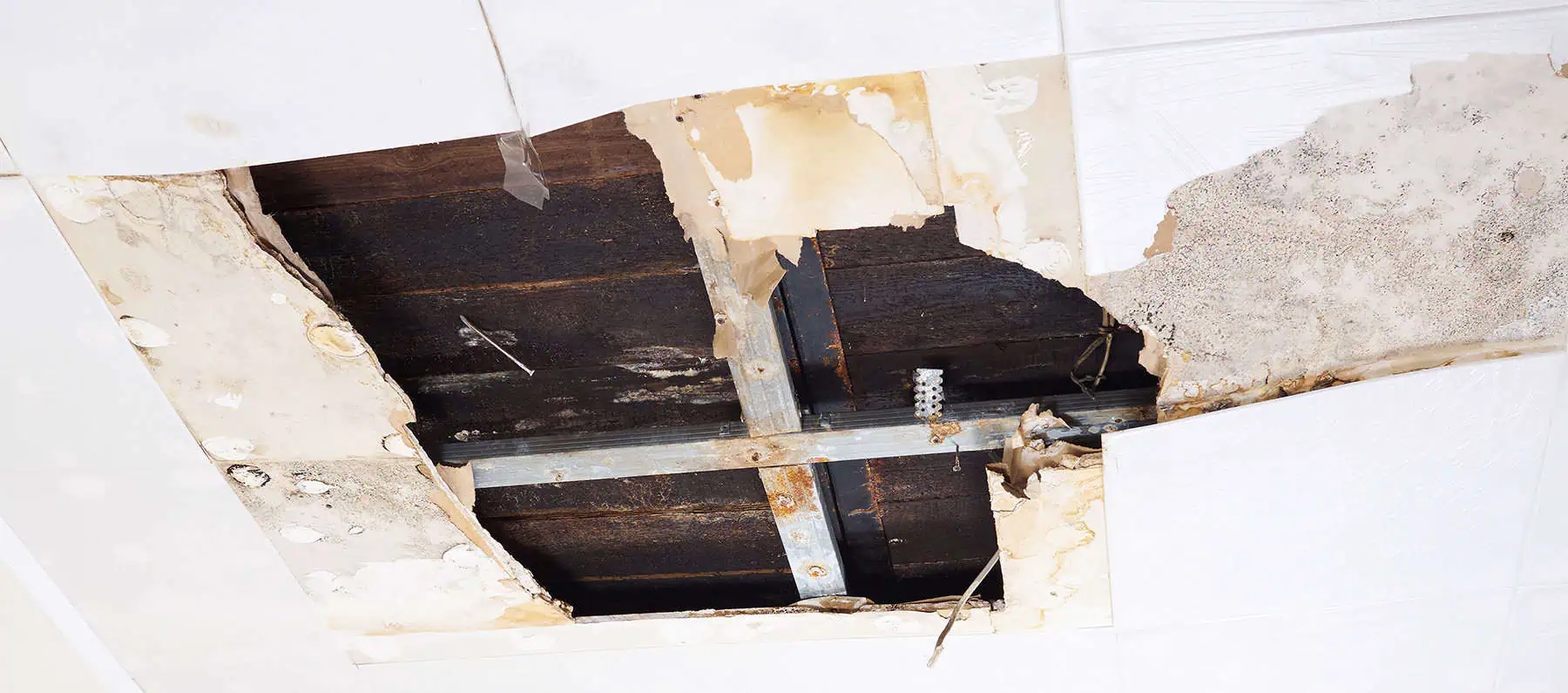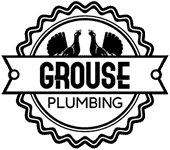As a homeowner or occupier, dealing with plumbing issues is an unfortunate but common reality. One of the most serious problems you might encounter is a leak within your walls. Not only can leaks cause structural damage, but they can also lead to mould growth and increased water bills.
Here’s our comprehensive guide on how to identify a leak in your wall and what steps to take if you find one.
Signs of a Leak in Your Wall
1. Water Stains and Discoloration:
One of the first signs of a leak is the appearance of water stains or discoloration on your walls. Look for yellow or brown spots, which may indicate that water is seeping through the drywall.
2. Peeling or Bubbling Paint
If the paint on your wall is peeling, bubbling, or flaking, it may be a sign of moisture trapped behind the surface. This often occurs as a result of prolonged exposure to water.
3. Warped or Swollen Walls
Touch your walls and check for any areas that feel soft or are warped. A leak can cause the wall material to weaken, leading to visible deformation.
4. Increased Water Bills
If you notice a sudden increase in your water bill without any changes in your usage, it could indicate a hidden leak somewhere in your plumbing system.
5. Musty Odours
A persistent musty smell in certain areas of your home can suggest mould growth due to moisture accumulation, which is often the result of a leak.
6. Sound of Running Water
Listen for any unusual sounds of running water when all fixtures are turned off. This could indicate a leak somewhere in your plumbing.


What to Do If You Find a Leak
1. Turn Off the Water Supply
If you suspect a leak, the first step is to turn off the main water supply to prevent further water damage. This is typically located near your water meter.
2. Document the Damage
Take photos of any visible damage for insurance purposes. This will be helpful if you need to file a claim.
3. Identify the Source
Try to locate the source of the leak. It may require checking plumbing fixtures, pipes, or even areas that may be hidden from view, such as behind cabinets or in the basement.
4. Call a Certified Plumber
If you are unable to locate the leak or if it is severe, contact a certified plumber immediately. They have the expertise and tools to accurately diagnose and repair the issue.
5. Repair and Restore
Once the leak is fixed, you may need to repair and restore the affected area. This could involve repainting, replacing drywall, or addressing any mould issues that may have arisen.
6. Prevent Future Leaks
After addressing the current leak, consider scheduling regular plumbing inspections to catch potential issues early. Installing water leak detection devices can also help monitor moisture levels in your home.


Identifying a leak in your wall may seem daunting, but being aware of the signs can help you act quickly. If you do discover a leak, don’t hesitate to reach out to us at Grouse Plumbing. Early intervention can save you time, money, and stress in the long run. Contact us today for a thorough inspection and reliable repairs.



